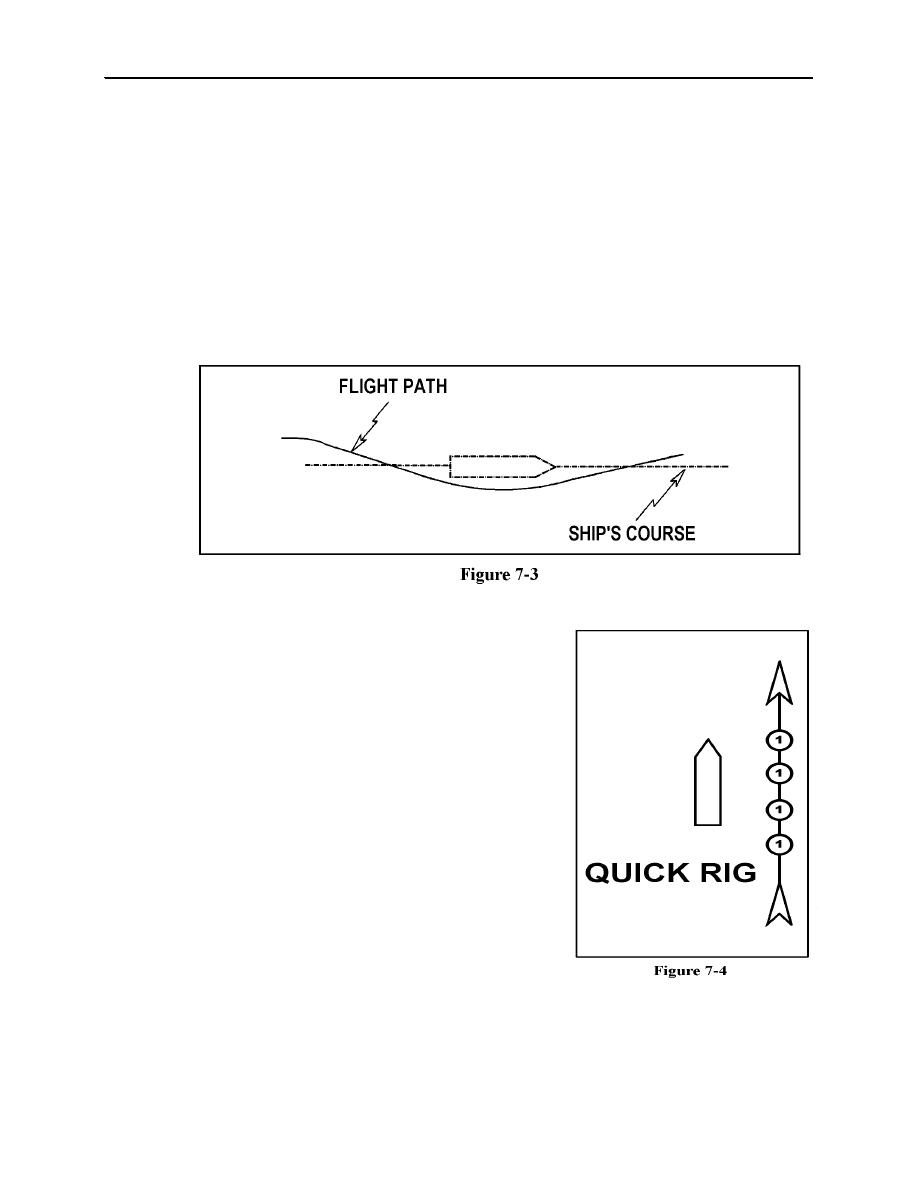 |
|||
|
|
|||
|
|
|||
| ||||||||||
|
|  JOINT ADVANCED MULTI-ENGINE T-44A
Upon completion of the left side pass, continue past the ship for approximately 10-15 seconds, note the
ship's course, and turn 270 to the right (use the heading bug for reference). Rolling out for the stern
sequence, you will need to take the ship's forward movement into account. Good gouge is to roll out
perpendicular to the ship's course heading at the stern. By the time you reach position for the photos, the
ship will have moved the requisite 500' down course for a good offset. Obviously this will vary with the
ship's speed and the winds, but is a good starting point.
Upon completion of the stern shots, continue on heading for approximately 10-15 seconds, and execute a
right 270 turn. Proceed inbound for the right-side shots the same as the left.
Upon completion of the right bow photo, commence a climbing right turn to 1000' to set-up for the
overhead. Turning back inbound, you should actually be on the left side of the ship's course. Approaching
the target turn right to just aft of the stern and when crossing, roll into a 50-60 degrees left AOB, arcing
over the top of the ship. (See Figure 7-3.)
Quick Rig-The quick rig (See Figure 7-4) is used for routine
surface surveillance where quick target identification and
minimal photo intel (intelligence) is required. It is preferable
to approach from the stern as depicted to allow a picture of the
name and homeport. Due to the speed of this operation, a
hundred or more of these rigs can be completed during an 8
to10 hour on-station period allowing coverage of vast areas.
(7)
Airspace. You normally will encounter two types of
airspace during over-water flight operations. U.S. airspace
within 12 NM of the coastline governed by the FARs, and
international airspace governed by International Civil Aviation
Organization (ICAO) rules and procedures. While in the
training command, flight in international airspace will be
regulated by ICAO and OPNAV 3710.7, with 3710 taking
precedence. There are several restrictions to VFR flight under
ICAO rules preventing the Naval Aviator from completing
his/her mission. In these instances, operating under "due
regard" means "due regard for the safety of navigation of civil
aircraft." Plainly put, you are responsible for your own traffic
separation. While in the training command, you will be
allowed to operate "due regard" in VMC conditions only.
More discussion on ICAO can be found in the FLIP GP
(General Planning).
7-4
OVER-WATER NAVIGATION STAGE
|
|
Privacy Statement - Press Release - Copyright Information. - Contact Us |